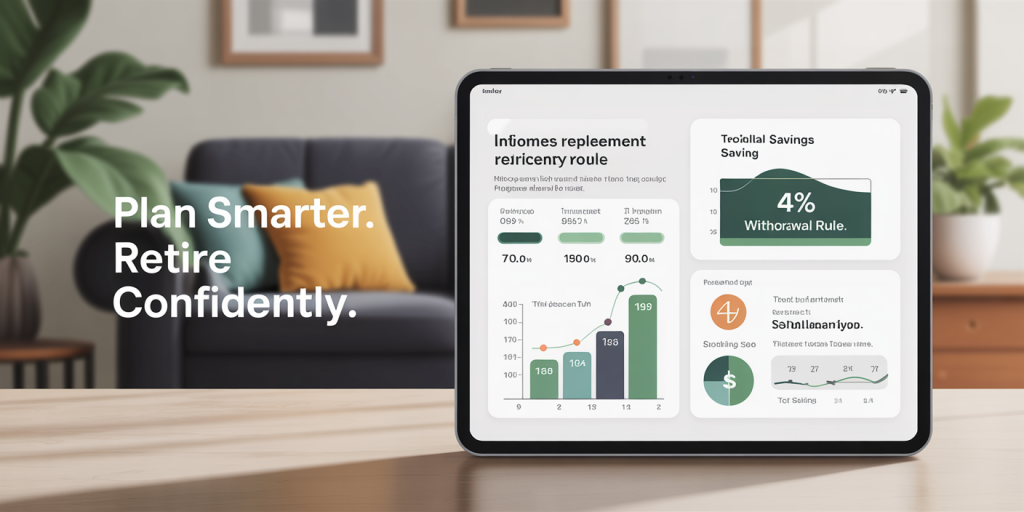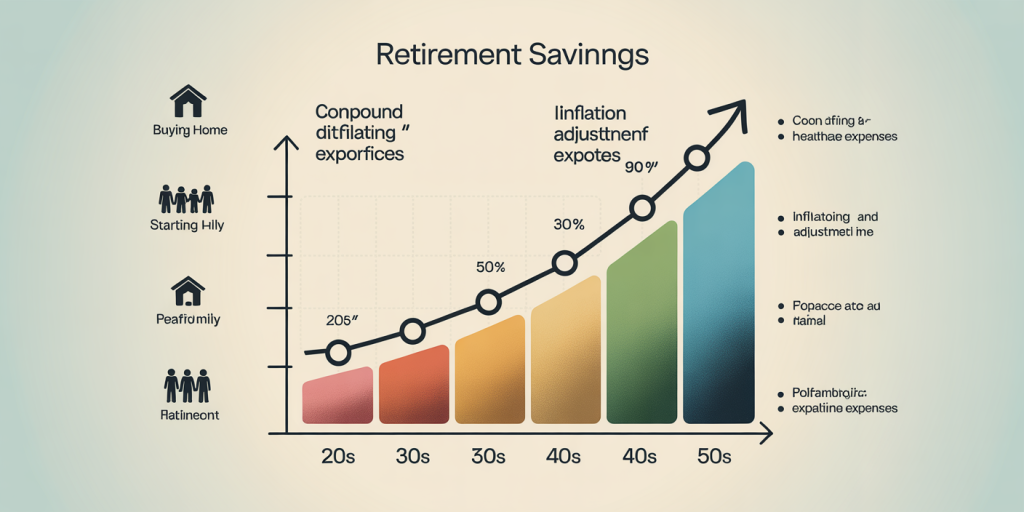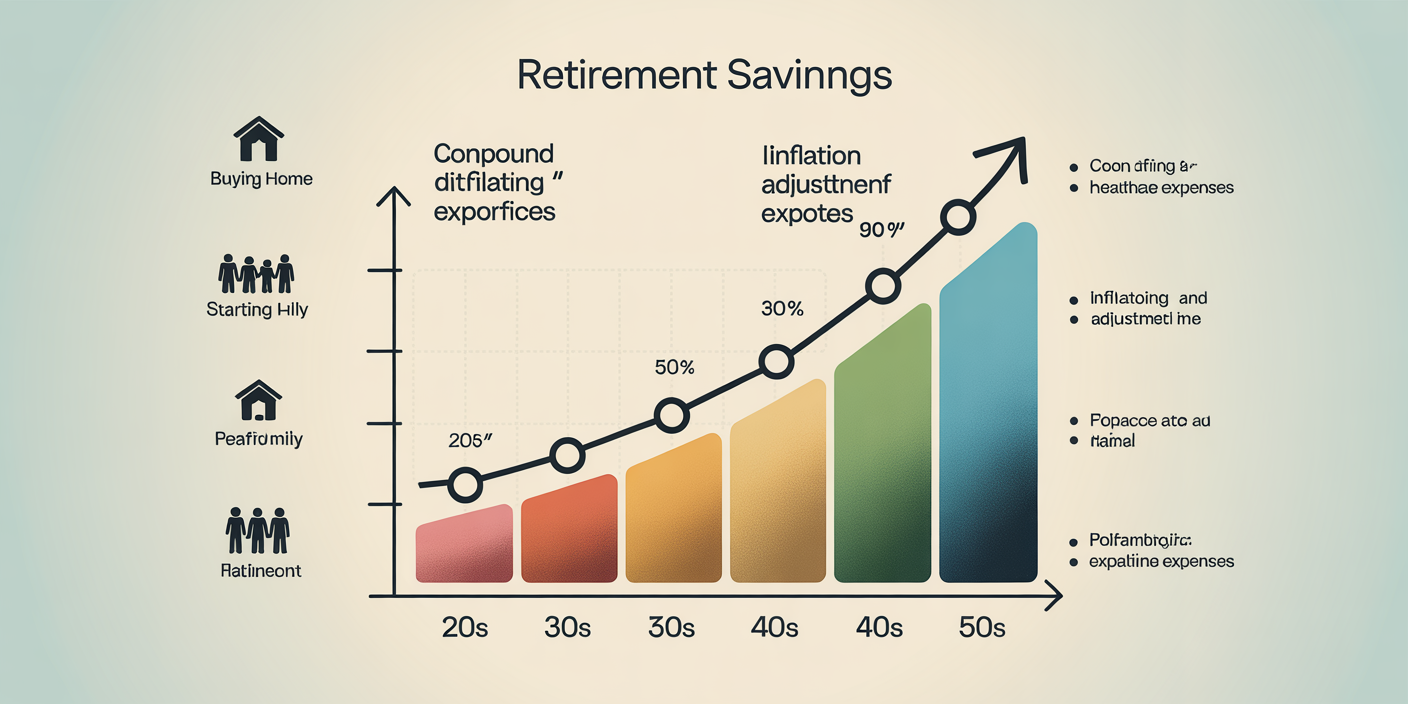Planning for retirement is one of the most important financial decisions an individual can make. Determining how much you need to save for retirement depends on a variety of factors such as your desired lifestyle, current age, retirement age, life expectancy, inflation rate, and expected returns on investments. Misjudging this amount can lead to financial insecurity or an unnecessarily frugal retirement. This comprehensive guide dives into how much you should aim to save, backed by data, practical examples, and expert advice to help you make informed decisions.
The Growing Importance of Retirement Savings
The landscape of retirement savings has changed significantly in recent decades. With people living longer and the decline of traditional pensions in many countries, planning your own retirement fund has never been more critical. According to a 2023 report from the U.S. Federal Reserve, nearly 25% of American adults reported having no retirement savings at all, exposing the growing gap in retirement preparedness.
In addition, the shift from defined benefit plans to defined contribution plans has transferred the responsibility of retirement funding primarily to individuals. For example, in 1980, over 90% of private-sector workers had access to a defined benefit plan, but by 2020 that number dropped to less than 20%. This highlights why knowing exactly how much to save is crucial for future financial security.
How to Calculate Your Retirement Needs
A popular rule of thumb among financial planners is to aim to replace about 70% to 80% of your pre-retirement annual income to maintain a similar lifestyle after you stop working. This percentage accounts for reduced expenses such as commuting and work-related costs, but it factors in increased healthcare or leisure expenses.
For instance, if you earn $60,000 today, you would need approximately $42,000 to $48,000 annually in retirement. If you anticipate retiring at age 65 and expect to live until 90, you’ll need funds that can cover 25 years of post-retirement expenses.
To estimate the total amount to save, one common approach is:
Annual Retirement Income Required x Number of Retirement Years ÷ Expected Withdrawal Rate = Retirement Savings Goal

A practical withdrawal rate often recommended is 4%, based on the “4% rule” derived from historical portfolio performances. Using the previous example: Annual income required: $45,000 (mid-point) Years in retirement: 25 Withdrawal rate: 4%
Your savings goal would be:
$45,000 ÷ 0.04 = $1,125,000
Thus, to generate $45,000 per year, a nest egg of $1.125 million is needed.
Comparative Table: Retirement Savings by Income Levels
| Annual Income | 70% Replacement | Savings Needed (4% Withdrawal) |
|---|---|---|
| $40,000 | $28,000 | $700,000 |
| $60,000 | $42,000 | $1,050,000 |
| $80,000 | $56,000 | $1,400,000 |
| $100,000 | $70,000 | $1,750,000 |
This table offers a quick reference for different income brackets and illustrates the sizable savings required to maintain a chosen lifestyle.
The Role of Social Security and Pensions in Retirement Planning
Most individuals will not depend entirely on their personal savings for retirement; Social Security and workplace pensions provide critical income streams. In the US, the average monthly Social Security benefit for retired workers was about $1,827 as of 2023, amounting to approximately $21,924 annually. This can cover a substantial portion of retirement expenses but often falls short of replacing full pre-retirement income.

Take for example Jane, a 65-year-old retiree who earned an average of $50,000 yearly and expects a Social Security income of $22,000 annually. Using the 70% replacement guideline, her annual retirement income goal is $35,000. Social Security covers roughly 63% of her retirement income, meaning she needs to fund the remaining $13,000 from savings or other income sources.
Pension plans provide a more predictable income stream. According to the National Institute on Retirement Security, about 45% of American workers have access to pension plans, which typically replace 25% to 40% of annual pre-retirement income. Combining pensions with Social Security can drastically reduce the amount one needs to save independently.
Impact of Social Security and Pensions
| Source | Replacement Rate (%) | Annual Replacement for $60,000 Income |
|---|---|---|
| Social Security | ~36.5% | $21,900 |
| Typical Pension Plan | 25-40% | $15,000 – $24,000 |
| Combined | 50-75% | $30,000 – $45,000 |
The combined effect of Social Security and pensions means you may need to save less from personal contributions, but it’s wise to plan conservatively, assuming these sources might reduce in the future.
Adjusting for Inflation and Healthcare Costs
Inflation is a silent retirement threat. Even moderate inflation rates of 2-3% can erode purchasing power significantly over decades. For example, $1,000 today will be equivalent to just over $1,800 in 25 years at 2.5% annual inflation. This means your retirement savings must grow enough to keep pace.
Healthcare costs also tend to rise faster than general inflation. The Employee Benefit Research Institute (EBRI) projects that a 65-year-old couple retiring in 2024 will need roughly $315,000 to cover medical expenses throughout retirement, including Medicare premiums, out-of-pocket costs, dental, and vision care—expenses often underestimated by retirees.
Practical Example: John, a 50-year-old, is currently saving $15,000 annually with an expected retirement at 65. By incorporating a 3% annual inflation adjustment and estimating an 8% average return rate on investment, he calculates he’ll have approximately $550,000 at retirement. Factoring in increasing healthcare costs and inflation, his retirement savings goal rises to $750,000.

This example underscores the importance of regularly updating your savings goals to reflect inflation and healthcare cost trends.
Saving Strategies Based on Age and Income
The right saving strategy varies over different life stages, incomes, and risk tolerances. The earlier you start, the more time compound interest has to work in your favor.
For example, a 25-year-old earning $50,000 who saves 10% annually and achieves an 8% return might accumulate around $1.2 million by age 65. Meanwhile, a 35-year-old starting to save at the same rate would accumulate only about $660,000 by retirement, illustrating the critical value of starting early.
Age-based Savings Guidelines
| Age | Percentage of Income to Save for Retirement |
|---|---|
| 20s | 10-15% |
| 30s | 15-20% |
| 40s | 20-25% |
| 50s | 25-30% |
High-income earners may find these rates insufficient due to higher lifestyle costs and tax considerations. Conversely, lower-income earners often need to supplement Social Security with aggressive saving, possibly through creditable employer plans or personal retirement accounts.
Using employer-sponsored retirement plans such as 401(k)s, IRAs, or Roth IRAs can help optimize tax efficiency. Also, some financial advisors recommend periodically rebalancing portfolios and increasing savings rates incrementally, especially when raises or bonuses occur.
Case Studies: Real-World Retirement Savings Outcomes
Looking at actual cases gives insight into the broad spectrum of retirement readiness. Case 1: The Late Starter David began saving at age 45, saving $10,000 annually with moderate investment returns (6%). By 65, he accumulated roughly $200,000 but faced a retirement income gap. To address this, David plans to work part-time and minimize expenses. Case 2: The Consistent Saver Linda started saving at 25, directed 15% of her $40,000 salary into a diversified portfolio earning 7%. By retirement, she had nearly $1 million, allowing for a comfortable retirement with some discretionary spending. Case 3: The Pension Reliant Carlos benefits from a defined benefit pension replacing 40% of his $70,000 salary and Social Security. He saves modestly but supplements his income through rental properties generating cash flow, reflecting alternative saving approaches.
These case studies highlight that personal circumstances, income security, health, and financial discipline shape retirement outcomes profoundly.
Emerging Trends and Future Perspectives in Retirement Savings
As demographics shift and economic conditions evolve, planning for retirement becomes even more complex. Increased life expectancy means individuals may need 30 or more years of retirement funding, requiring larger savings.
Technological advances in financial planning tools and robo-advisors enable more personalized saving strategies. Additionally, legislative changes affecting Social Security, pension reforms, and tax incentives will continually alter the retirement saving landscape.
Furthermore, the rise of gig economy jobs and freelance work challenges traditional retirement saving methods, necessitating more proactive individual planning. Research from the National Bureau of Economic Research warns that without adequate reforms, many retirees may face significant income shortfalls.
In the future, new financial products like longevity insurance, health savings accounts tailored for retirement, and integrated digital financial advisors will likely play a larger role. Staying informed about these changes and revisiting your retirement saving plan regularly can help maintain alignment with goals.
Understanding “How Much Should You Save for Retirement?” is a multifaceted undertaking, requiring thoughtful consideration of expenses, income streams, risk tolerance, and long-term financial changes. Starting early, saving consistently, accounting for inflation and healthcare, and leveraging all available resources will increase the likelihood of a comfortable and financially secure retirement.

Deixe um comentário